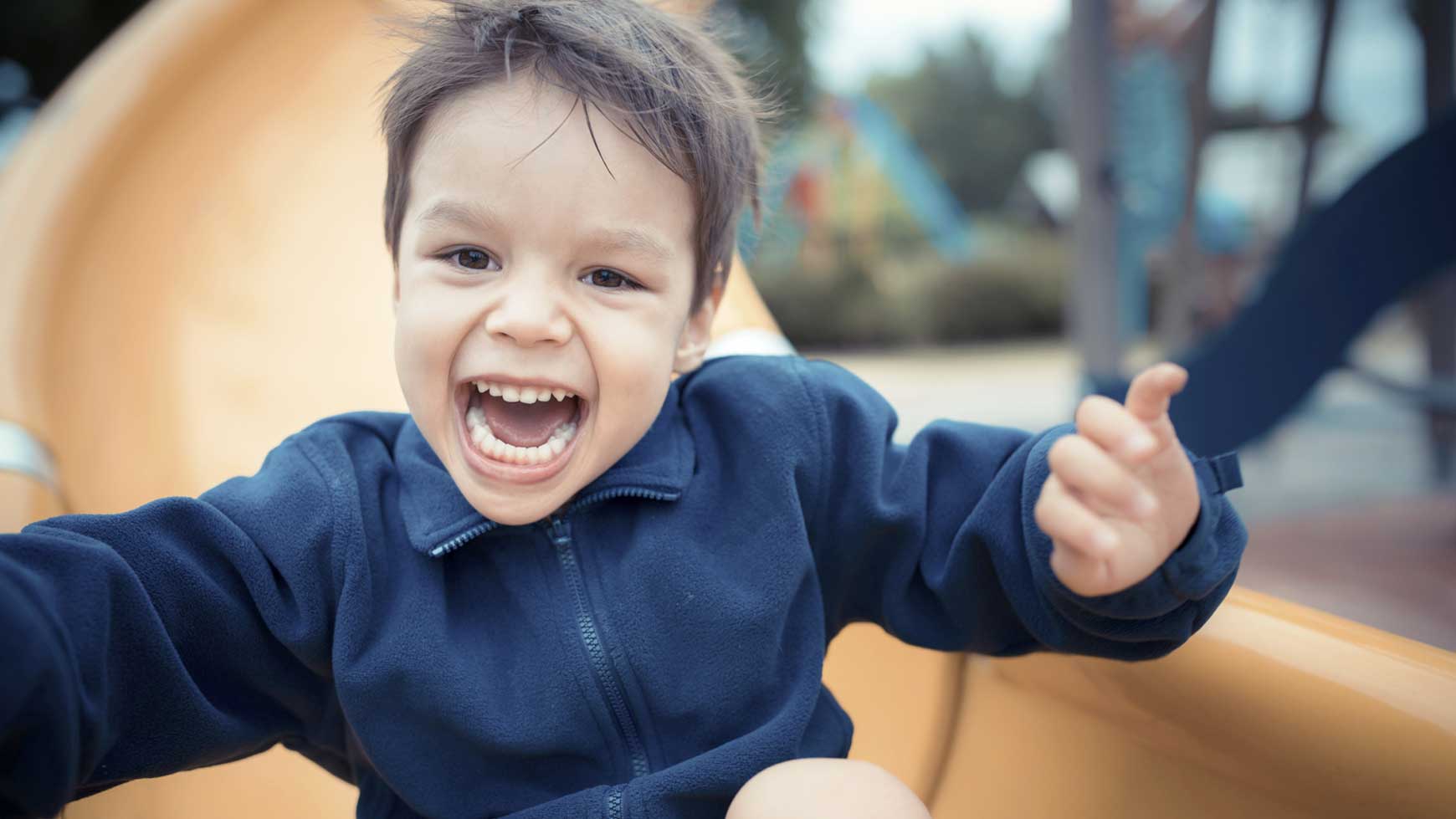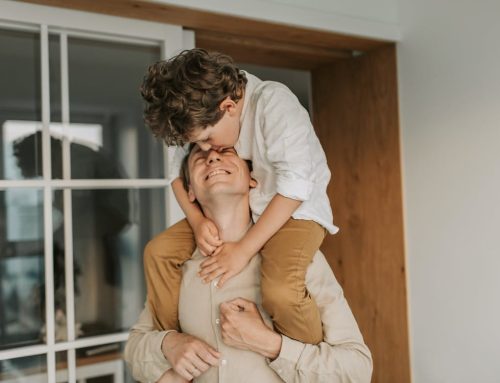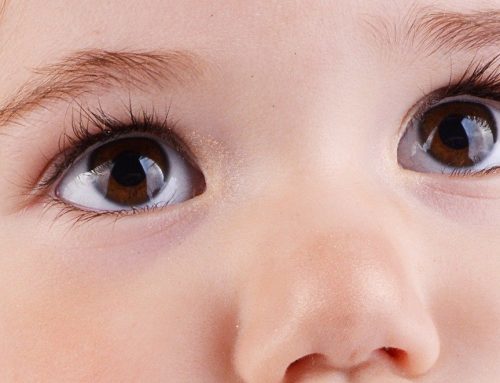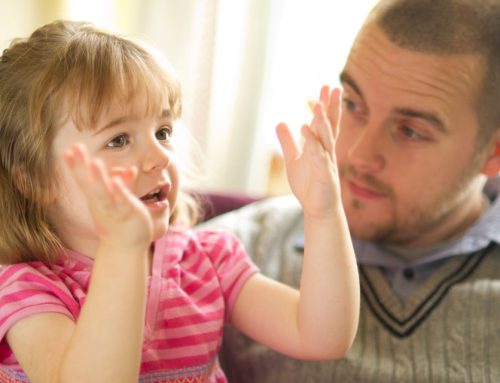There can be many reasons why your child’s speech may be difficult to understand.
Your child’s age and stage of speech and language development are one of the first things we will consider.
Children gradually become easier to understand. By school age, we expect that your child’s speech will be easily understood by all conversational partners. There may still be a few tricky sounds and longer words may still be unclear at times but, as a general rule of thumb, by the time a child starts school we can understand most of what he or she says.
There is quite a wide amount of variety around when children acquire speech and language milestones. If you have any concerns it is best to seek the advice of your child’s educator as a first port of call. Educators have the benefit of working with a large group of children a similar age to yours. If your child is more difficult to understand than other children his or her age, then it may be worthwhile to seek a Speech Pathology opinion.
When do Speech Sounds develop?
Different sounds develop at different stages. We often refer to the early, middle and late sounds when working with young children.
Most consonant sounds are acquired by the age of 5;0 years (years;months). The consonants /b, n, m, p, h, w, d / are usually acquired between the age of 2 and 3 years followed by /g, k, f, t, ng, y/ which are heard in child speech by the age of 3;11. By the age of 5 years, children are using /v, j, s, ch, l , sh and z/ accurately. The ‘r’ sound is usually used with accuracy by 6 years of age and the ‘th’ sound by 7 years of age.
My child is speaking in ‘gobbeltygoop’!
Some children need assistance to learn how to use words in simple sentences. When using spoken language is difficult or lagging in development, they may substitute what sounds like ‘gobbeltygoop’ for words at times. Speech Pathologists may refer to this as ‘jargon’ and it simply means that your child is likely to be using combinations of sounds and syllables to communicate instead of words. Often children will do so using correct intonation and facial expressions to help the listener understand what is being communicated. These children often respond well to a focus upon building up their vocabulary and sentences first before focusing upon specific speech sounds. Our popular ’10 Tips for Talking’ https://learn2communicate.com.au/product/10-tips-for-talking-poster-series/resource may be an appropriate place for you to start if this sounds like your child.





